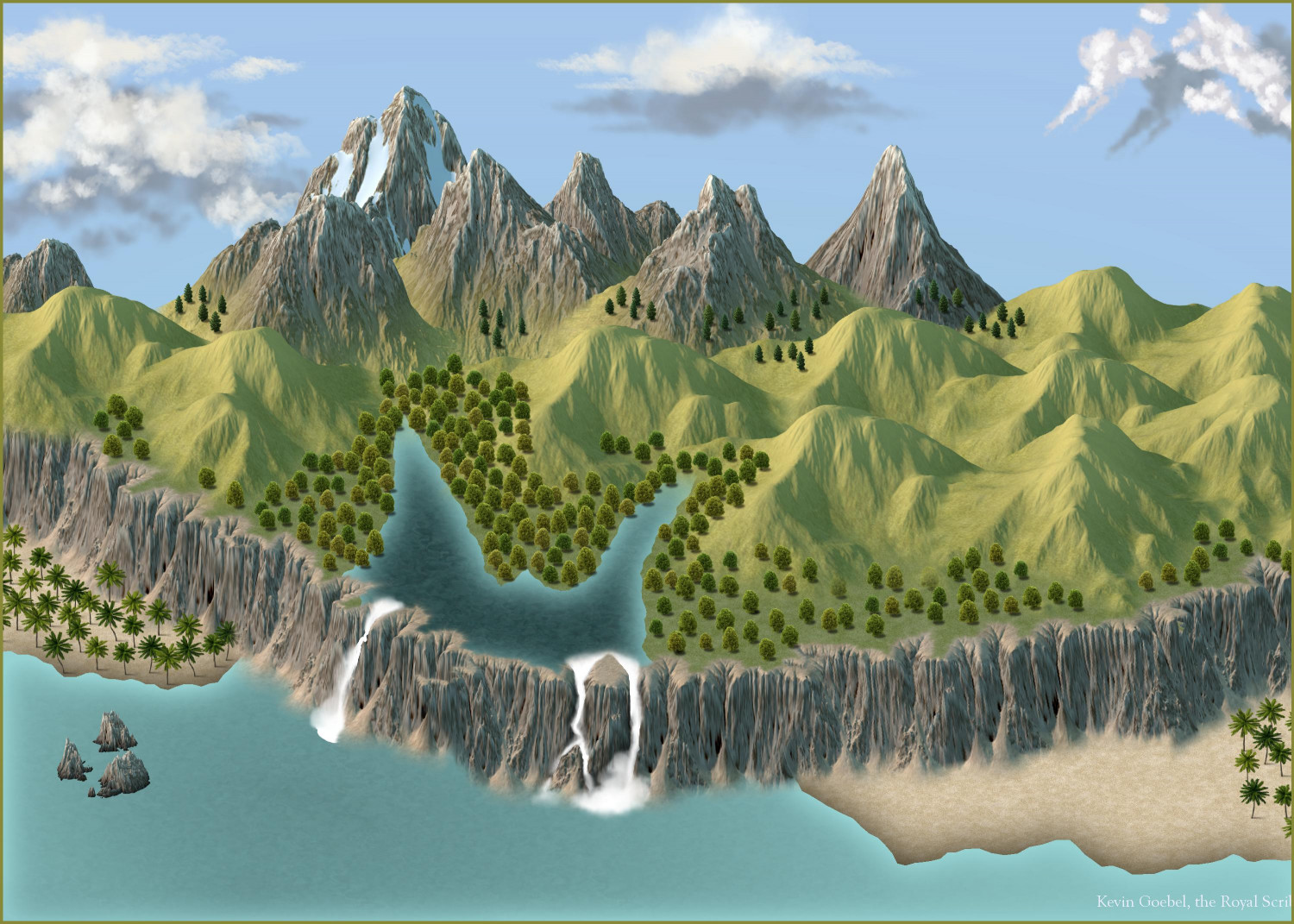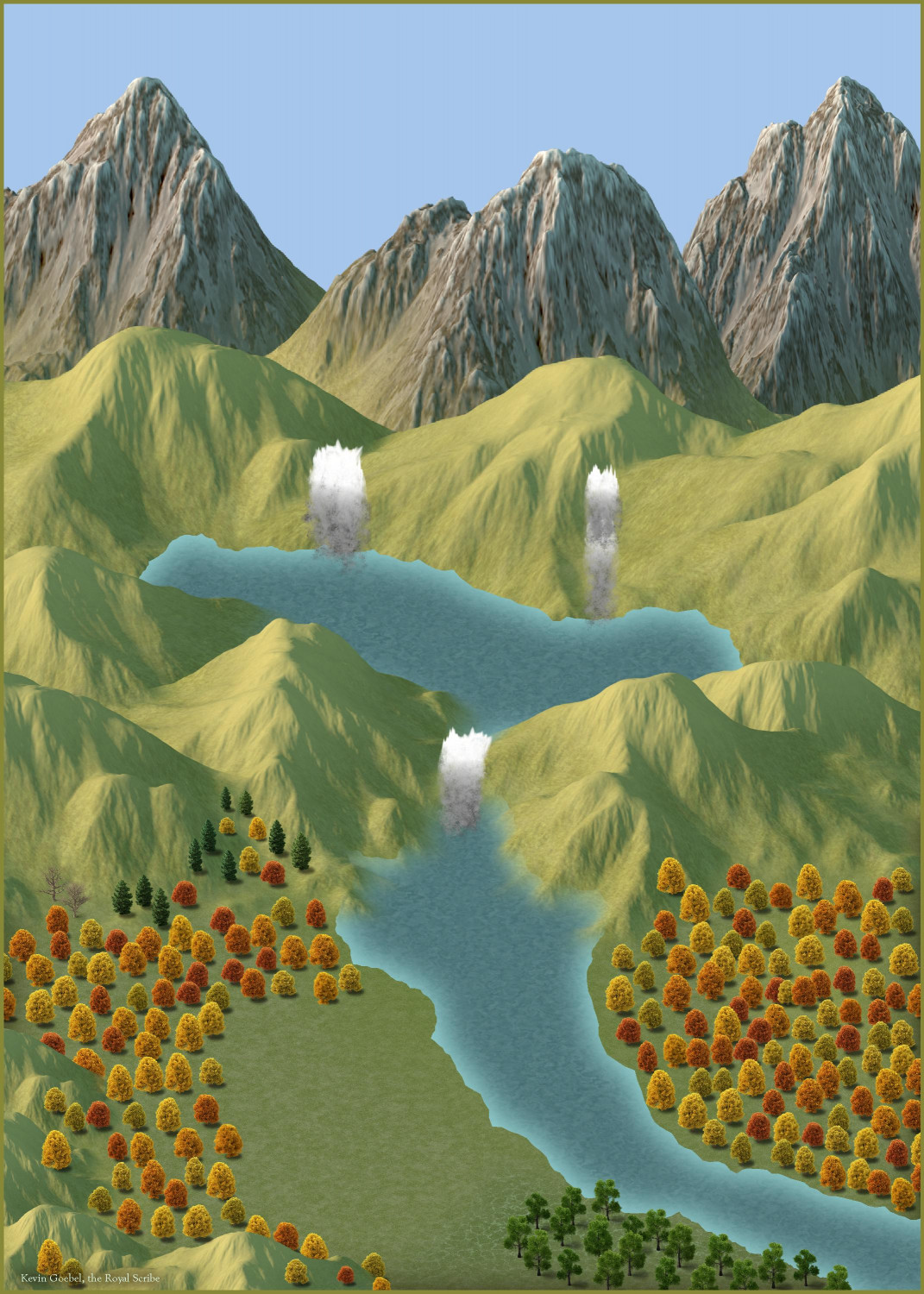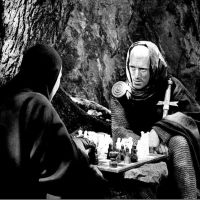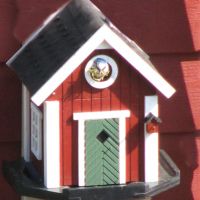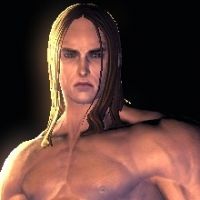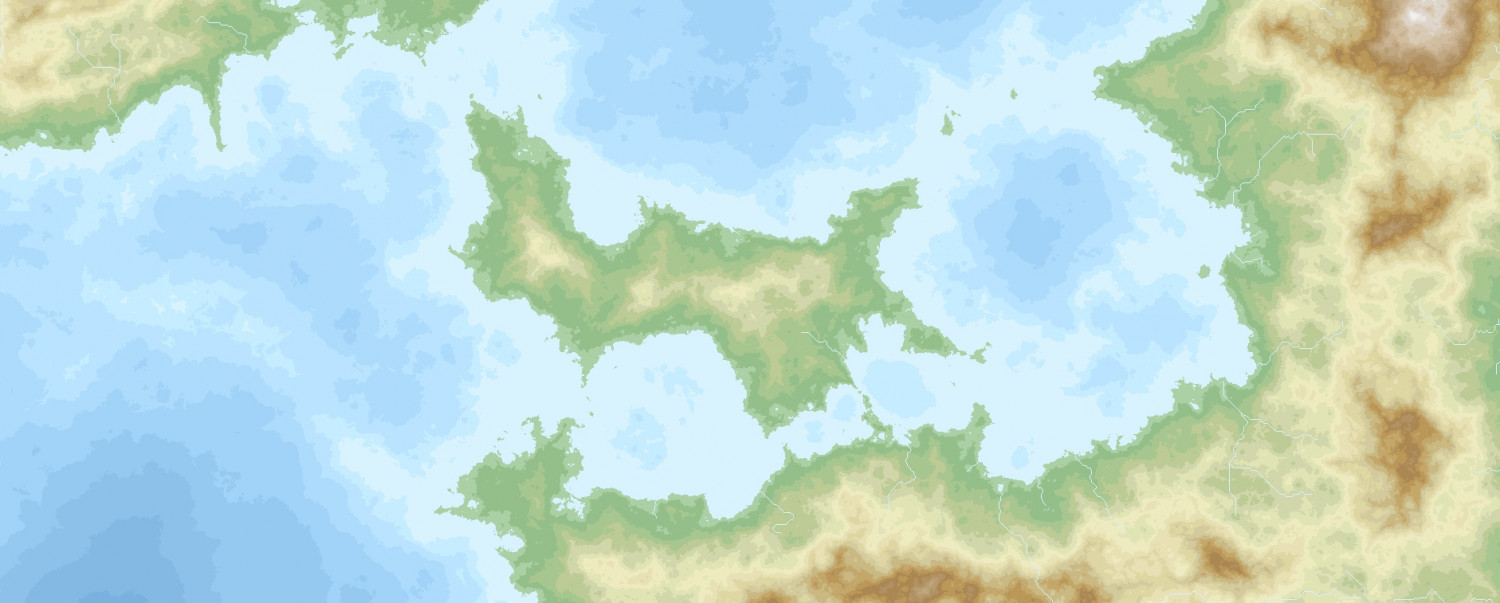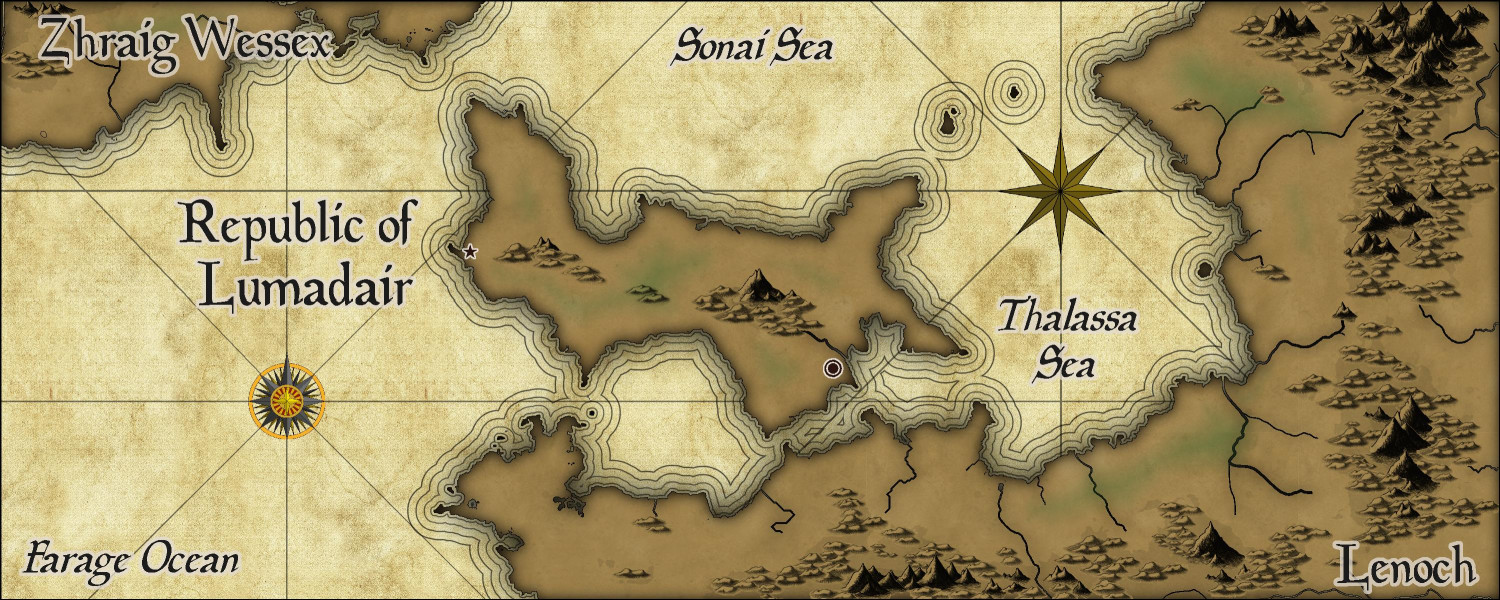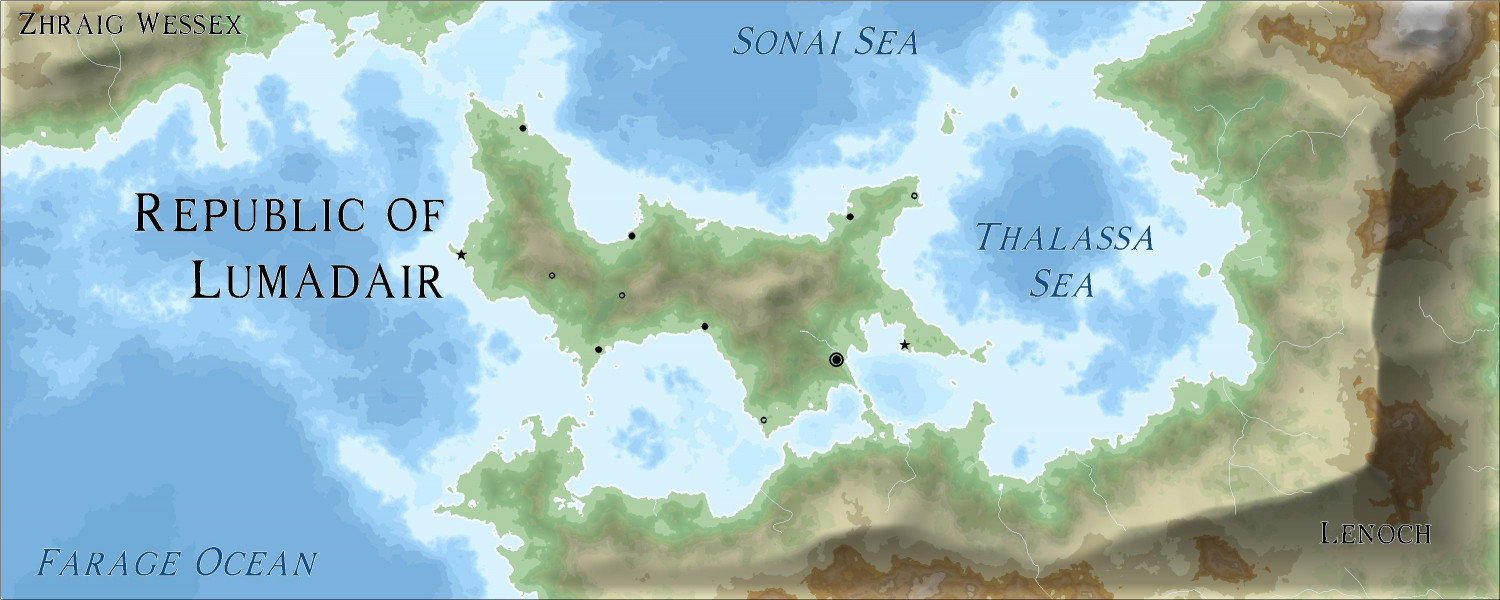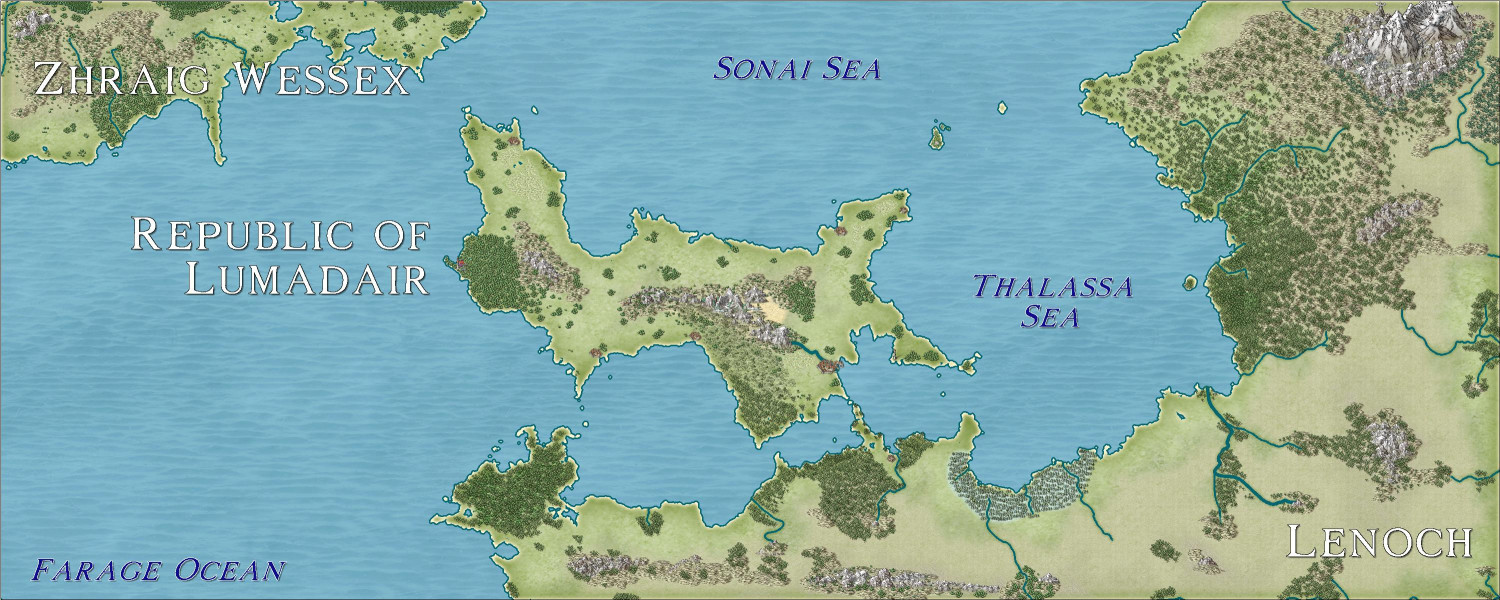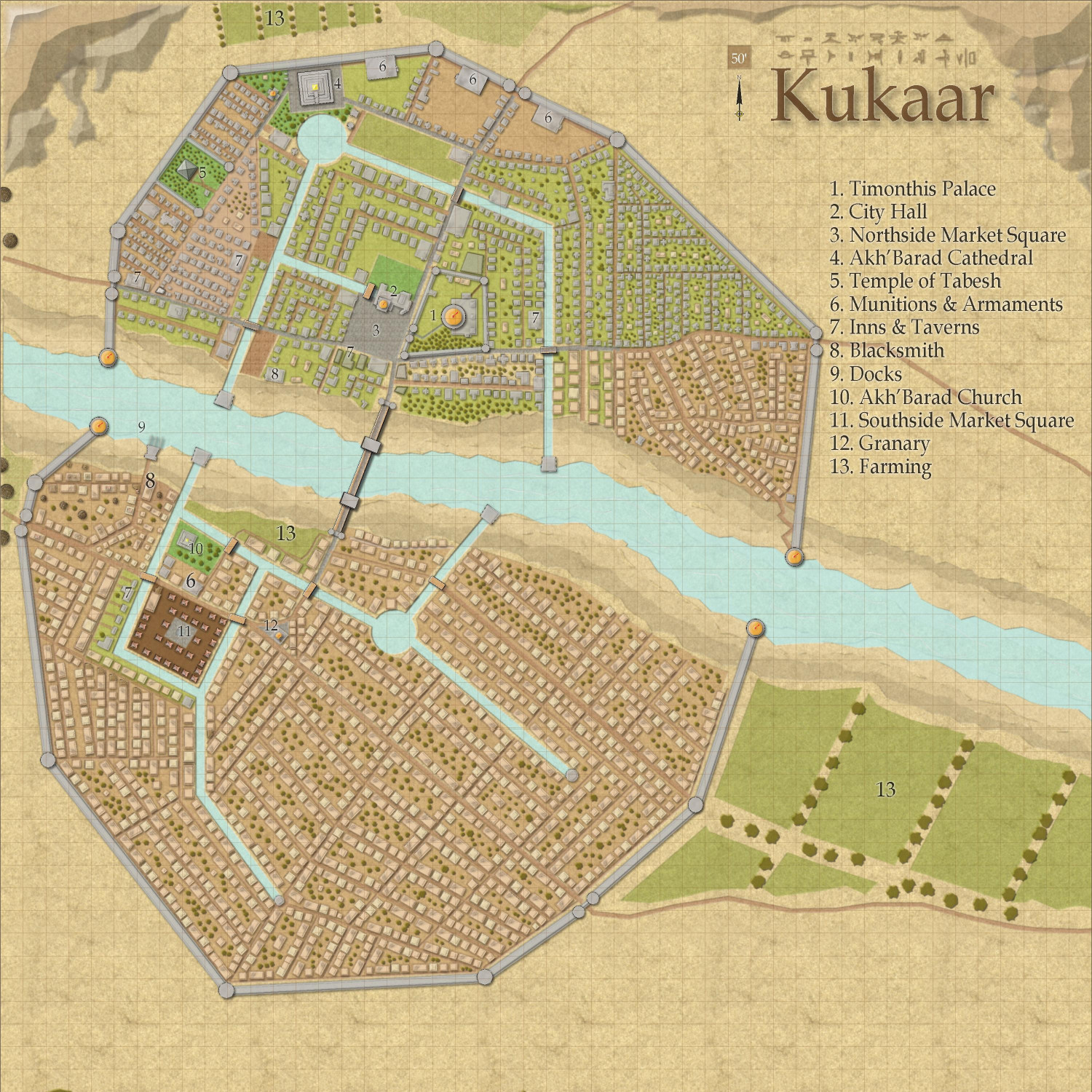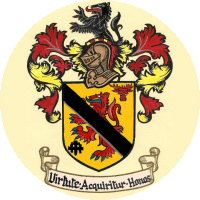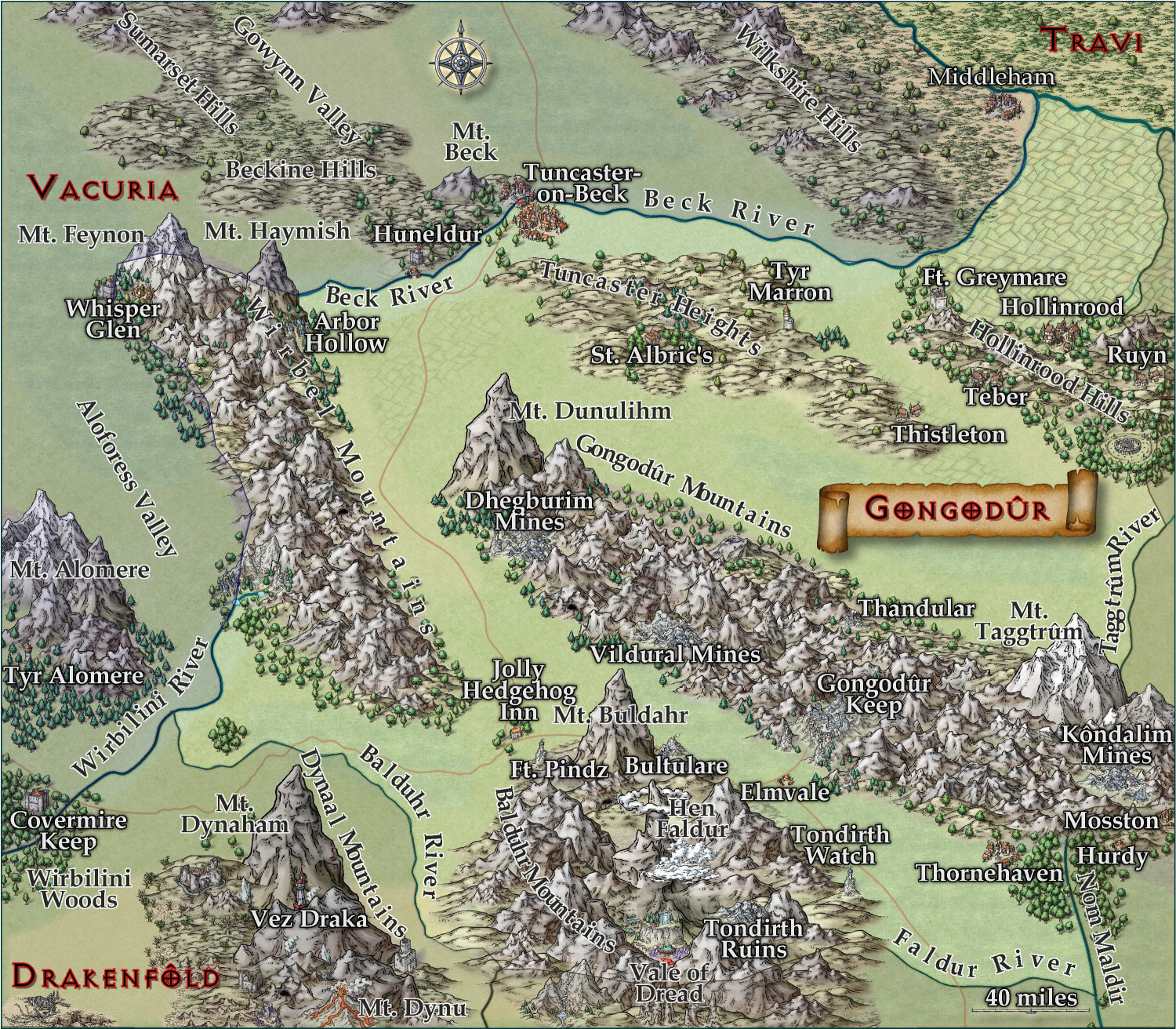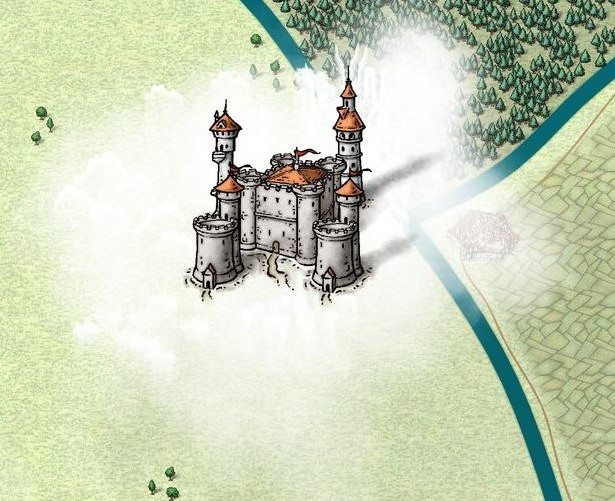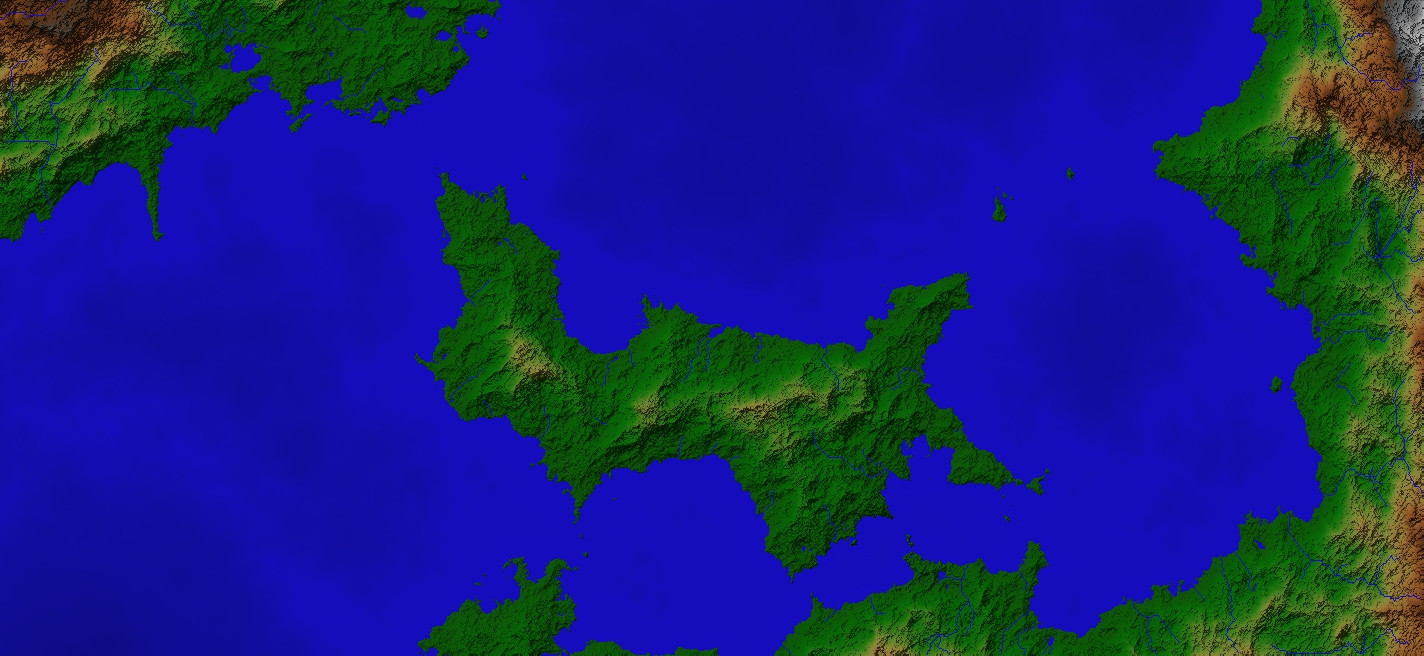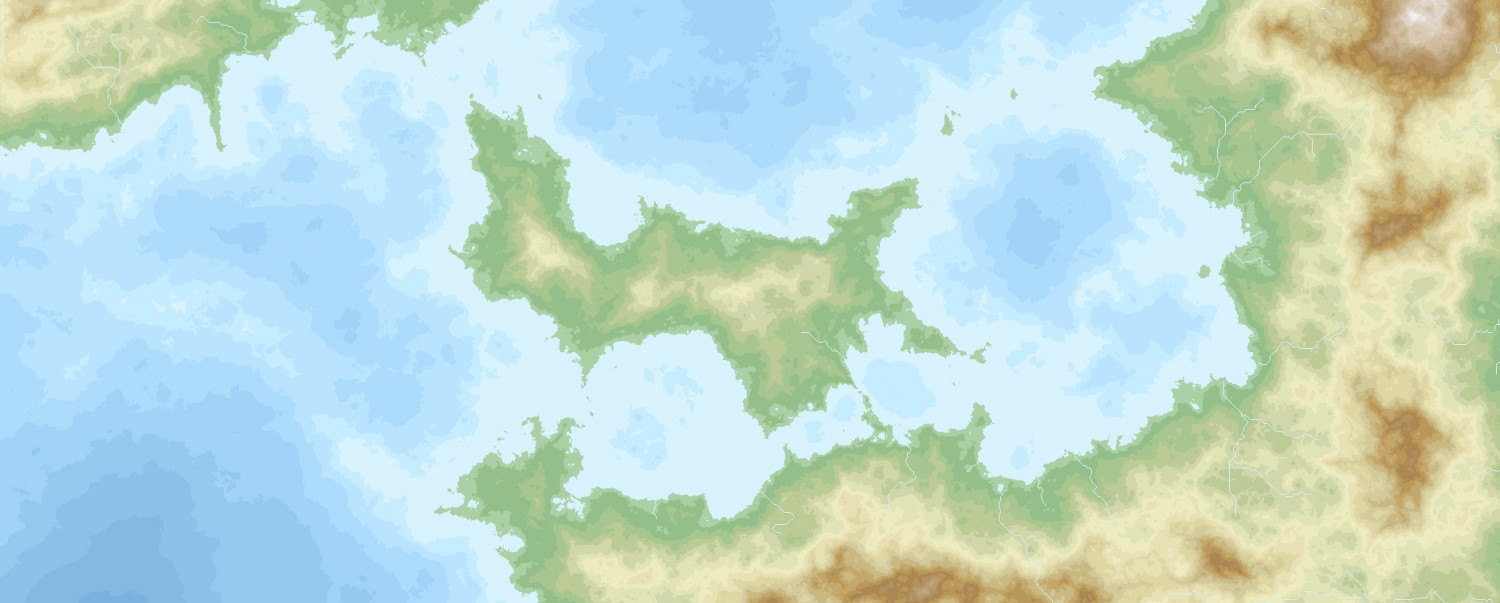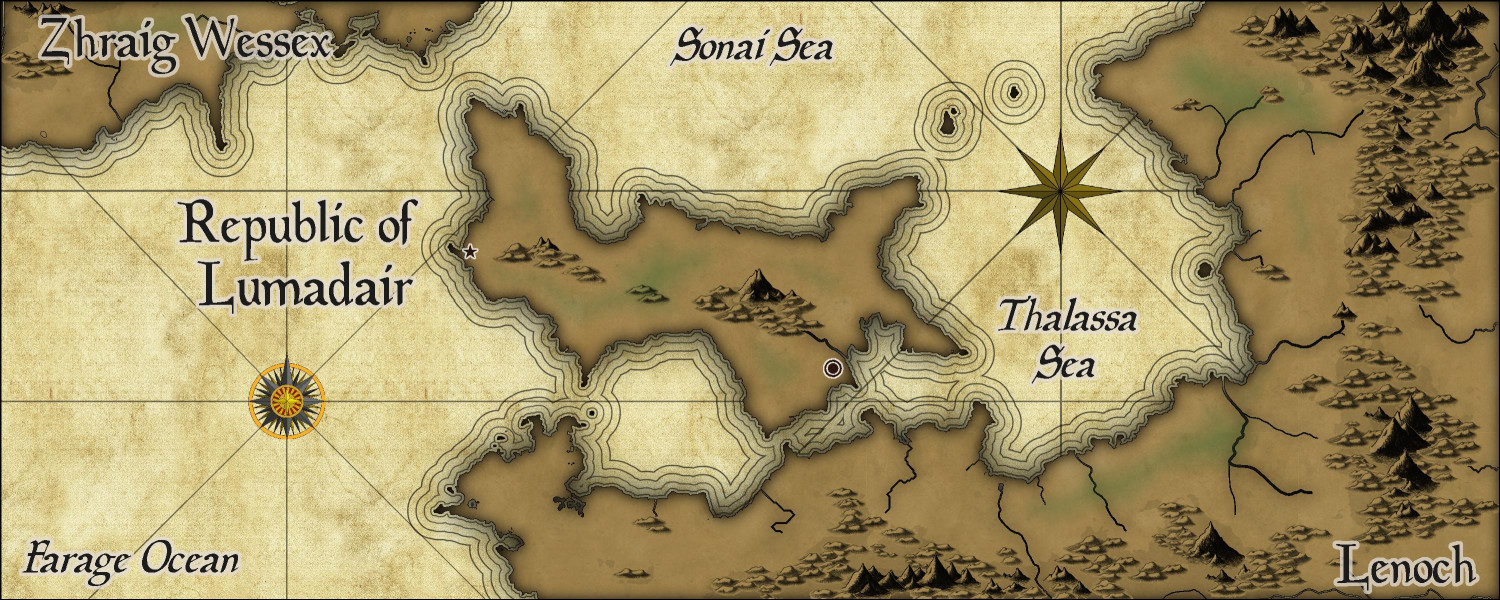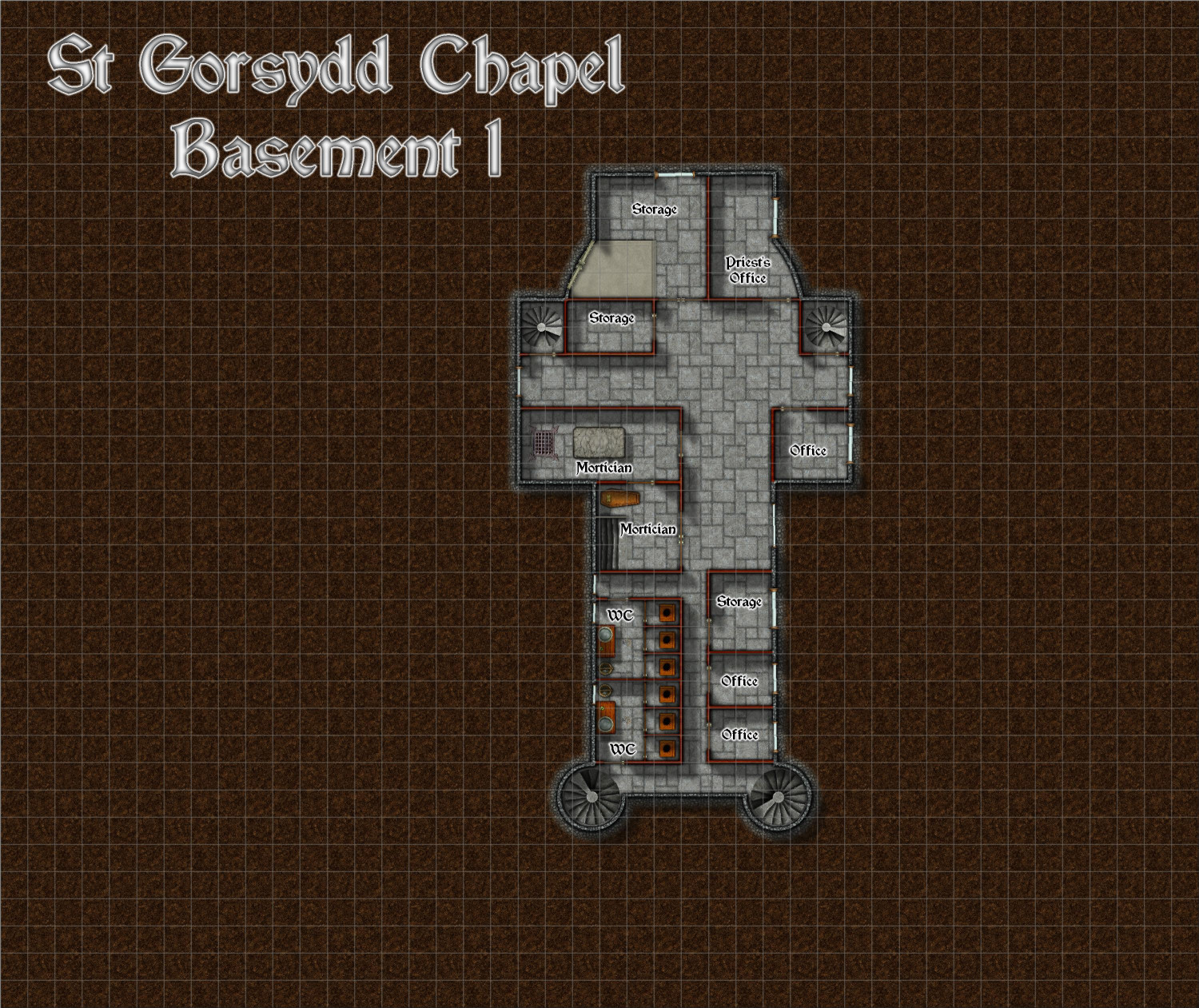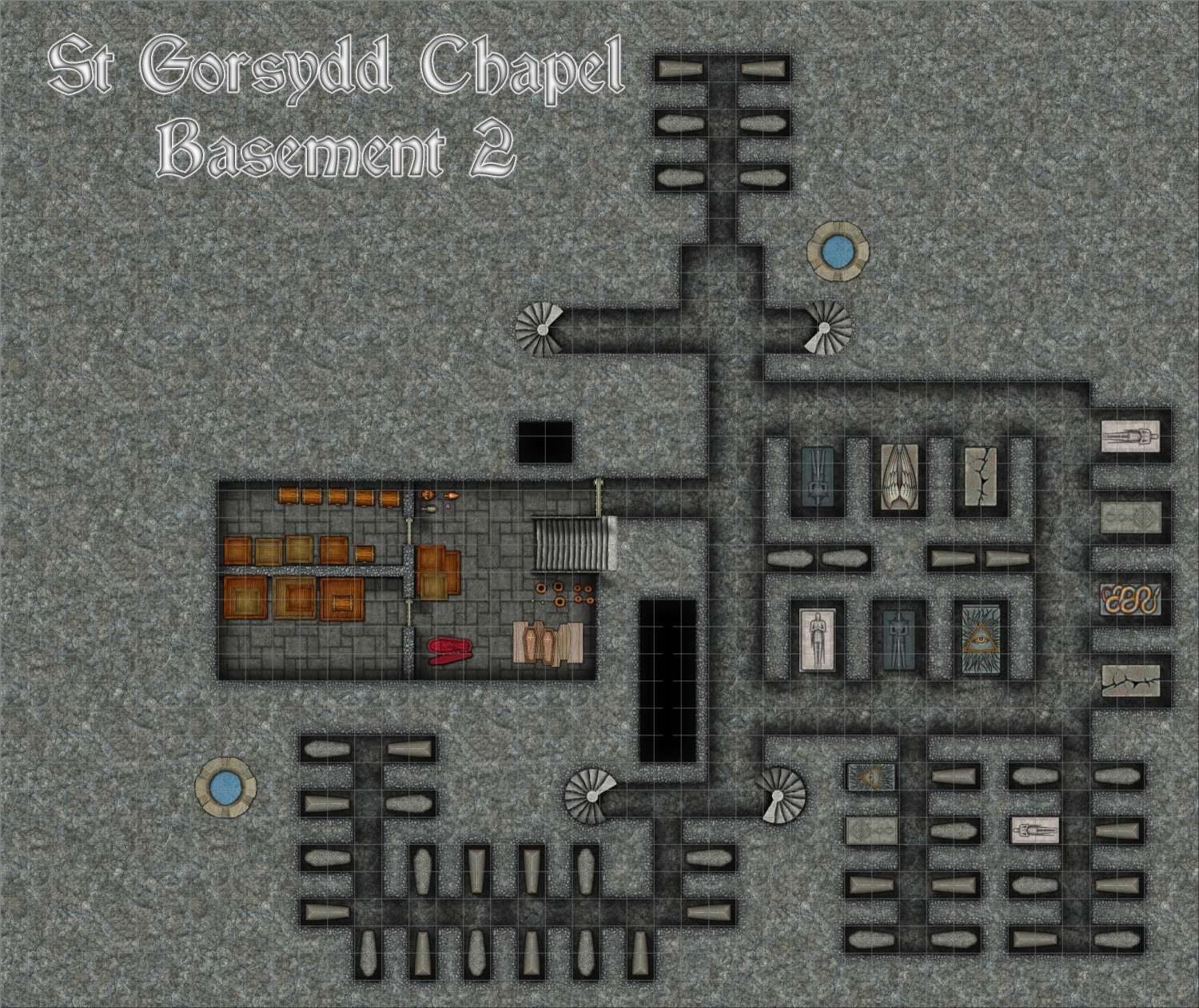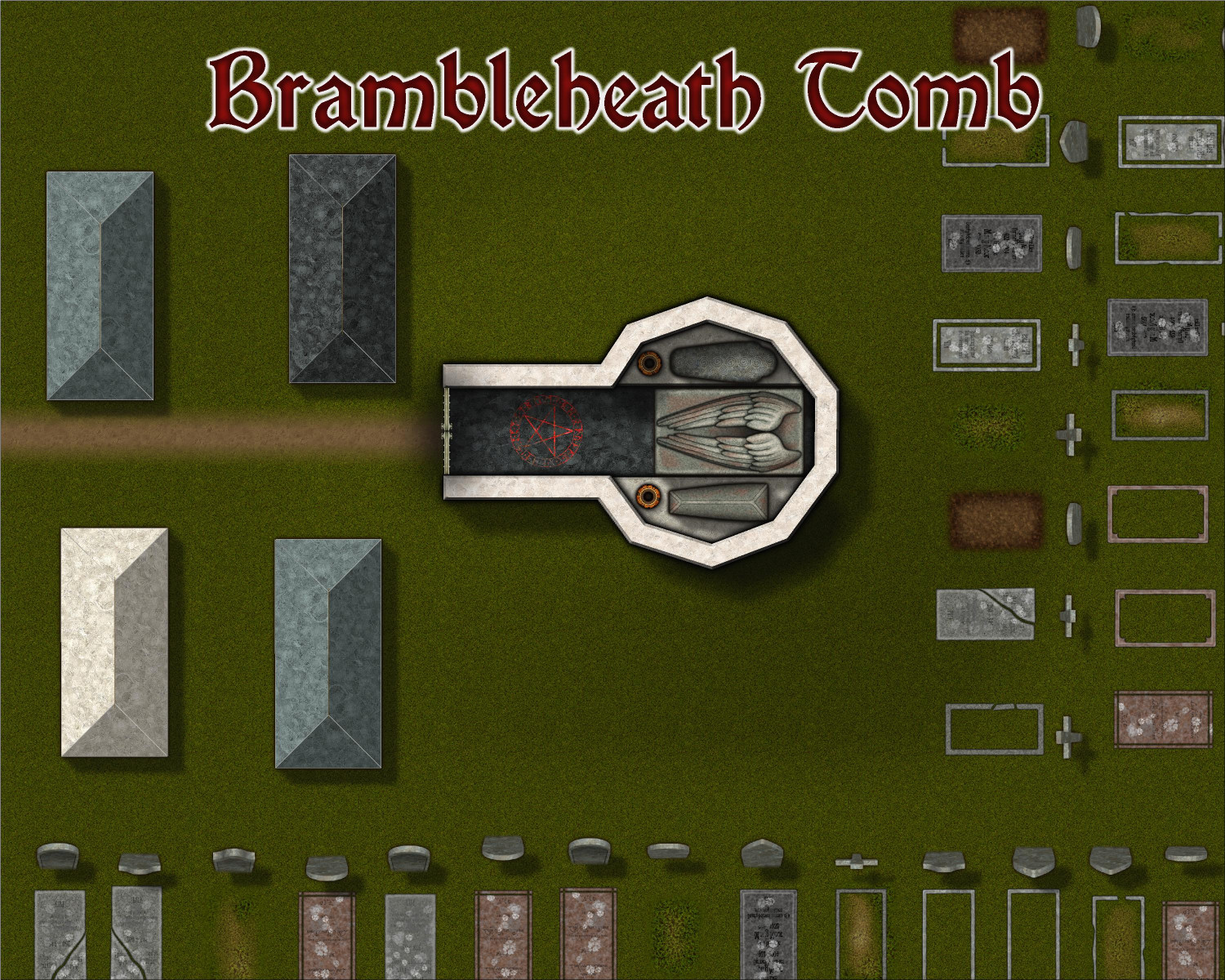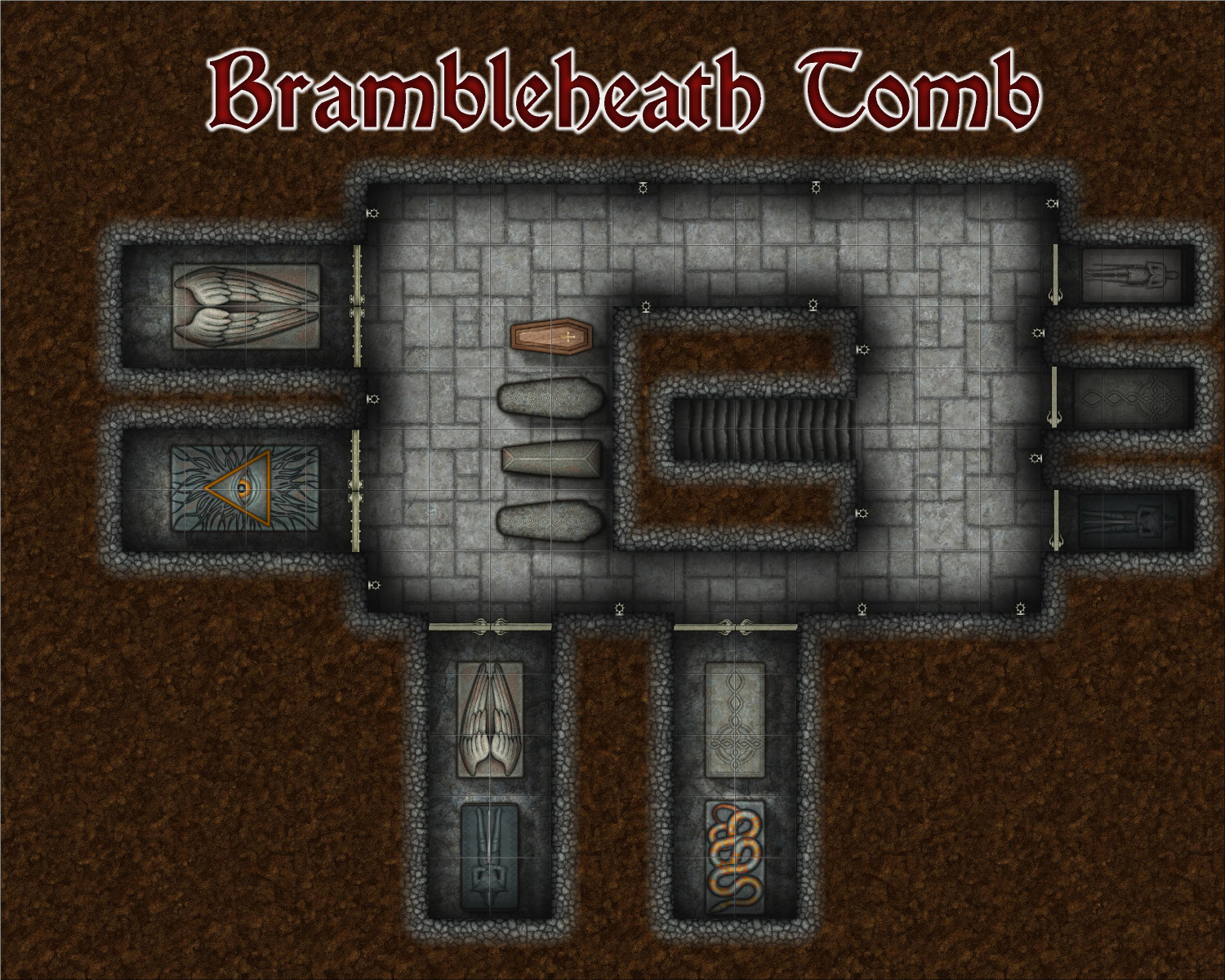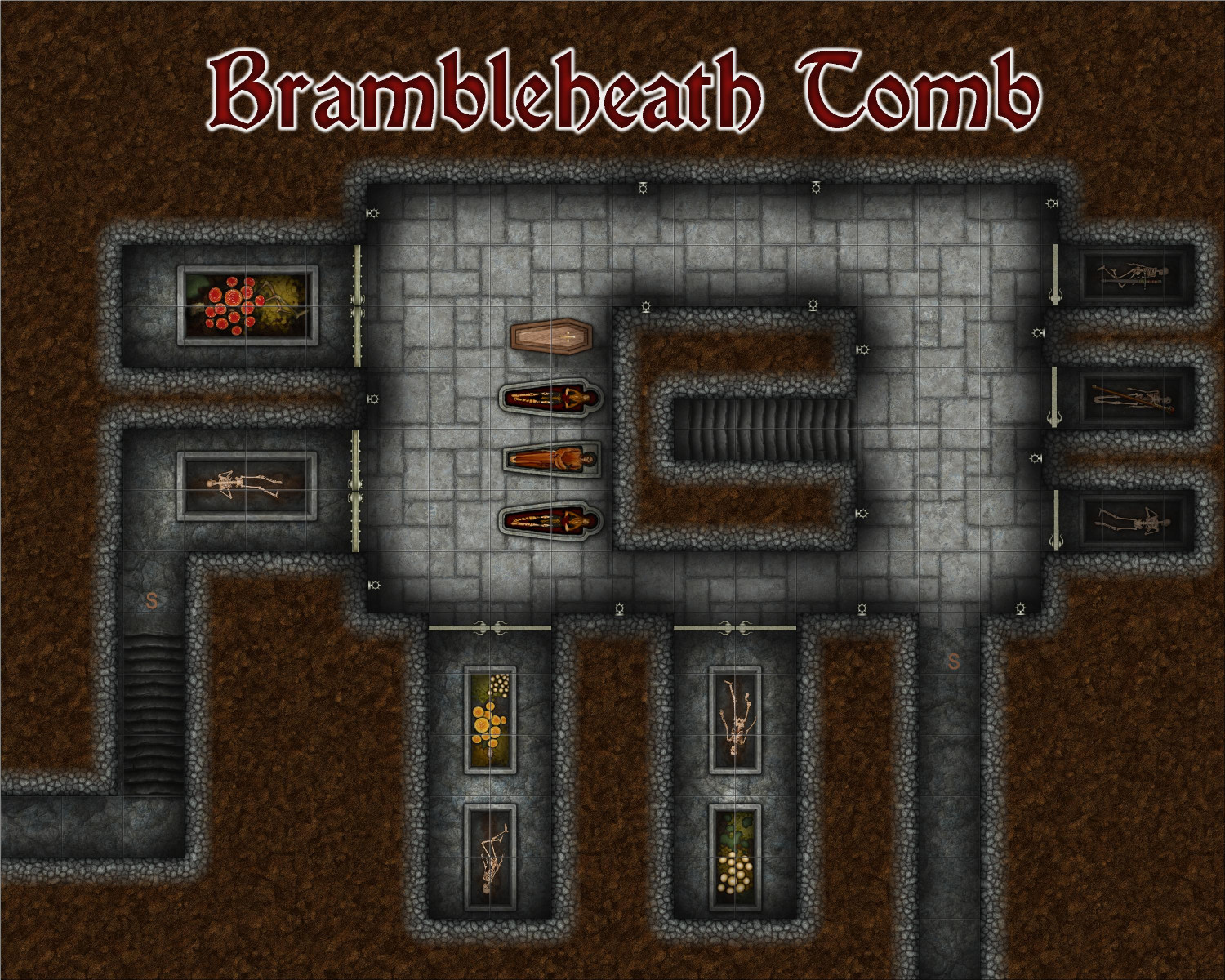Royal Scribe
Royal Scribe
About
- Username
- Royal Scribe
- Joined
- Visits
- 8,798
- Last Active
- Roles
- Member
- Points
- 3,193
- Birthday
- February 5, 1968
- Location
- San Francisco, California
- Real Name
- Kevin
- Rank
- Mapmaker
- Badges
- 16
Reactions
-
[WIP] Spectrum Overland Waterfalls x 2
I've been working on a handful of scenic images, and wanted to do some scenes with waterfalls in the Spectrum Overlands style.
The first uses the cliff waterfall symbols, which I have cascading into the ocean. Also experimented with using Alyssa Faden's clouds.
For the second, I experimented using the waterfalls from Forest Trail. Not really sure if the waterfalls in the back work, since you can't see the river or lake behind them. Not sure if the swamp trees in the foreground work with the autumn trees (are swamp trees deciduous or evergreen?). With the clearing, I've been debating about what to put there? A henge? I've been using that a lot lately. A structure, like a castle or tower? Keep it natural, with more trees? Or leave it empty?
-
[WIP] Swamp Witch
The third version uses Marine Dungeons as the basis, with stumps (and snakes) coming in from Creepy Crypts and trees coming in from Forest Trail. This has the best waves and ripples, naturally. I tried to darken the water a bit by using patches of the Water Deep and Water Deepest drawing tools, and then applying some effects to that sheet (specifically, using the RGB Matrix to make the deeper waters sepia toned, and then the Adjust Hue/Saturation effect to change the lightness by -15%. I should probably add more algae floating on top.
Anyway, these more mostly just for fun. I don't currently have a specific plan for them, but I wanted to see if I could create a swamp with current assets/techniques. Still hoping for a Jungle/Swamp annual some day. 😉
-
[WIP] Lumadair - Hand-Drawn Fantasy (CA221)
Can confirm that all four of the Forest tools now work properly. It was easier to delete the mysterious lines than to redraw the forests, but at least future maps won't have that issue.
When I brought the land over from the Fractal Terrains export, they were all locked together as a multipoly. I decided to explode them so that I could use the "Change Like Draw Tool" function with the green land for Lumadair and the default brown for the other continents.
Also, the multipoly sea contours from Fractal Terrains have the darker sea as the base with lighter contours on top. When I copied over the sea contours, I just copied a light one and then used the "Change Like Draw Tool" to change it to the lighter contour of the Hand-Drawn Fantasy style, and then manually drew in the darker contours. Not bad for a map that took me less than an hour for the initial map.
-
Fractal Terrains to CC3+ - Three Approaches
I have been experimenting with three different approaches of taking a portion of a world designed in Fractal Terrains and then expanded upon in CC3+. All three of these experiments export the same view in FT.
The portion of the world I practiced on is an equatorial island nation called the Republic of Lumadair. The coastline is 10,099 miles long, with a length of about 2,000 miles long, depending where you measure from. (For reference, Australia has a mainland coastline (excluding islands) of 22,258 miles.)
Here's what it looks like from Fractal Terrains:
Approach 1: Parchment Maps
As previewed in a separate thread, this was my attempt to render it in the Parchment Maps style from the February annual using a technique that Ralf demonstrated in this video. It's scant on details -- the kind of map my players might find in old ruins somewhere giving them a clue where to continue their adventures.
Approach 2: Jerion Shading
This approach, also previewed in another thread, using the technique in this demo from Ralf to take the Jerion style and add beveling effects to some of the contours to create shading effects. I added cities and major towns (and a few magical places) but only named the major bodies of water and the two close continents.
Approach 3: Mike Schley Style
This approach exports the same land mass into the Schley style (which I only recently discovered was an option in FT), then added some contours brought in from the Jerion style. This is the slowest-to-render map I've ever done due to some techniques (and lessons learned) that I will describe later in this thread.
I just love the versality here -- I can have identical coastlines for all three maps, but they all have different looks and vibes.
-
[WIP] Town of Kukaar (Ancient Cities Annual)
Hi everyone,
Thank you for the feedback, it was very helpful. I put the legend back to the original size and location, and it actually looks pretty good. There's room for some lines to wrap if I make it slightly larger, but it seems legible enough as is. Also, I made the roads stand out a little more by changing the transparency effect from 50% opaque to 75% opaque.
Also, are the numbers on the map okay? Should I make them bigger? (I just noticed that some seem to be different sizes, so I will at least have to standardize that.) Are there effects that would make them pop more, like a stronger white glow? Is there anything else unlabeled that should be labeled? I just provided a few sample businesses (inns, blacksmiths, etc.) figuring that a DM could make up something on the fly if players were looking for a specific type of business, but I can add others that folks think are necessary.
Neighborhood maps are a good idea if anyone wants to do a full campaign here (rather than an adventure limited to an inn or a temple, where the rest of the map just provides a general context). I have a whole laundry list of maps I want to do first, but once this is published in the Atlas (after the contest is done), I would welcome anyone to take a neighborhood and expand on it.
-
Community Atlas submissions: the Gold Coast (Doriant) and areas within it
I am ready to submit the Kingdom of Gongadûr area map for the Atlas. At least one village that I will be submitting to the contest will be within this region. (I have active plans for two others in this area but we'll see if time permits.)
The parent map is the Gold Coast map at the top of this thread.
Primary Style: Mike Schley Overland
Toggles: "Borders/Political" layer to turn on/off the political borders
-
Castle in a Cloud
I'm still practicing and experimenting with different maps of all sorts. Just for fun, I thought I would take a stab at designing a castle on a cloud. (Maybe it's a cloud giant's castle? Undecided.)
I started with an overland map set at 250 x 200, I believe. (Maybe I will do a city map of it later for a closer look, or perhaps a dungeon map.) I decided to use Mike Schley's Overland style. To create the clouds, I used various foams, rapids, and waterfall mist from Sue's Forest Trail set. It's hard to see until you move in, but there's a little bit of texture to the cloud added by the foaming rapids. I put them on a new sheet that I called "Clouds," placing it below the Roads sheet, which was the lowest of all of the surface-level sheets. I tried to put a drop shadow on the Clouds sheet but couldn't get it to work (entirely possible that some or all of my cloud ended up on the wrong sheet). Instead, I drew inspiration from the manual cliffs shadows that Sue had in Forest Trails. I used the Sea Contours to draw a shadow, and then moved the "Contours (Sea)" sheet to render before the cloud.
The castle, with its extra towers, was added to a "Symbols on Cloud" sheet that I created. I also had a Flying Lowest and Flying Low sheet above the Cloud sheet, and Flying and Flying Highest sheets below it. I thought the four different flying sheets would allow me to show things at different altitudes with different drop shadows, but I ended up only using one of them for the birds (maybe Giant Eagles or Giant Hawks?), which from the cartouches from Forest Trails.
Anyway, there's my first pass at something I haven't see here before.
-
[WIP] From Fractal Terrains to Parchment World
I have been working on taking a part of the world I created in Fractal Terrains and recreating it in various CC3 styles. I did a version in the Parchment style, and now I'm working on one in the Mike Schley style. (I was going to wait until it was done, but I just can't contain myself.) When that's done, I will try doing the shaded contours style that Ralf demonstrated in this video:
The portion of my world that I've been experimenting with is a great island nation called the Republic of Lumadair, a democratic republic with elements inspired by the Roman Republic. Here are exports from Fractal Terrains. (Note: this map is about 6,000 miles wide, so the rivers shown should be considered to be only the very largest ones. That said, I may still add more to the island later.)
And here it is again, recreated in CC3 using the Parchment Worlds style:
It is intentionally scant on civilization details other than labeling the capitol and a mysterious and foreboding area of magic.
-
[WIP] - Lumadair: Birdseye Continental
Added some more. Only put in Lumadair's capital city and a few notable landmarks, not the other cities that were in previous versions of this map. Do you think the font size for my labels for cities/landmarks is too small?
I'm glad Sue chose to use a default font that can do accent marks because when I do the global map, there are a lot of accent marks. Mostly in names derived from Elvish, because Elves are fancy that way, like the French.
This map is 6,109 miles wide. I used the technique that Ralf showed of creating a 1000 x 800 map so that symbols would default to the scale of 1, and then resized it. I assume I should do the same when I start my global map, which is 25,000 miles wide.
-
[WIP] Haunted Mansion
I'll be starting on the actual Haunted Mansion part of this Haunted Mansion Map today. But first, here's the rest (almost) of what's going on in the church and graveyard.
Here's the first level of the church's basement.
It may seem odd that a basement has so many windows. This basement is only about 75% below ground. The top 25% is above ground, and that's where windows to let light in are located -- close to the ceiling from the inside, but at foot level from the outside. There's a set of double doors connecting to a interior ramp that leads out to the graveyard. The mortician has two rooms here, one for preparing the deceased for funerals, and another that connects to a lower storage room in Basement 2. This level also has a few offices for the priests and clergy staff, a few storage rooms, and lavatories. Other than the doors from the graveyard, it is primarily accessed from the four stone spiral staircases (the two southern ones going all the way up to the bell towers, and the two northern ones going to balconies for the choir in the main chapel.
Continuing down into Basement 2, we find the mortician's storage rooms (including a stack of unused coffins) and the church's crypts for VIP decedents. I kept the shafts for the wells here so that I wouldn't accidentally create passageways through them. The two shafts that aren't connected to the crypts come from the lavatories in Basement 1 as well as the drain in the mortician's room. They connect to the not-yet-mapped sewers one more level below. (Sinister Sewers will come in handy again!)
But wait! Not all is as it seems here. There are two secret passageways off of the mortician's storage rooms. (I love that the cut-away polygons used to carve out tunnels can be moved to the "Secret" layer so that they can be hidden or revealed so easily.) The passageway heading west connects to a secret spiral stairway entrance to the Rectory. Who knows how many generations ago it was put in -- the church's current head priest, who lives in the rectory, doesn't even know it's there! The second passageway heading north connects below the Brambleheath Tombs, created by the Brambleheath family who also built the now-haunted mansion.
But wait again! One more secret here. If you remove the lids to the sarcophagi and coffins, you'll notice that a few have moldering remains but most are actually empty. They all have proper plaques naming the supposed occupants. It's unclear if the bodies were remove after burial, or if they never made it into their coffins. One on the northern side is filled with rocks, suggesting for that one, at least, it was interred without a body.
The sewers will come later, after I've done the Mansion. For now, let's head over to the Brambleheath Tomb. When you enter the tomb, a Glyph of Warding protects it from graverobbers. For a family tomb, it's surprisingly small: one large sarcophagus on the floor, two smaller ones on ledges to either side of it, and two urns with the cremains of other ancestors.
Visitors who make it past the Glyph of Warding can trace their finger along a sigil on the sarcophagus lid that activates a temporary levitation spell, raising the lid to reveal a staircase heading down. (I love this symbol set!)
The lower level of the tomb reveals a "small"" family crypt.
But wait, more secrets! A passageway heading south on the eastern side (this is the passage that connects to the mortician's storage room beneath the church, and another passageway that heads down stairs and then turns to head beneath the graveyard towards the mansion. If we open the coffins and sarcophagi here, we see that most do have bodies. It's hard to tell because they're in shadows, but the northeastern-most one was buried with a sword, and the one next to it was buried with a staff. Plot hooks!
That's it for now. Haunted Mansion and sewers still to come...


